Exploring PE Fabric: A Comprehensive Guide to Testing and Analysis
Overview of PE Fabric Testing
Polyethylene (PE) fabric is widely used in various industries due to its lightweight, durable, and water-resistant properties. However, ensuring its quality and performance requires meticulous testing. This article delves into the essential aspects of PE fabric testing, covering sample selection, testing parameters, instruments, and methods to provide a comprehensive understanding of this critical process.
Selection of Samples for Testing
Proper sample selection is the cornerstone of accurate testing. For PE fabric, samples should be representative of the entire batch, free from visible defects, and prepared according to relevant standards. **Standard dimensions** and conditioning environments are crucial to ensure consistent and reliable results during testing.
Key Testing Parameters for PE Fabric
PE fabric undergoes various tests to evaluate its properties. The key testing parameters include:
- Mechanical Strength: Tensile strength, tear resistance, and elongation to assess durability.
- Water Resistance: Evaluation of hydrostatic pressure and waterproof coating performance.
- Thermal Resistance: Heat resistance and melting point analysis for high-temperature applications.
- UV Resistance: Assessment of degradation under prolonged UV exposure.
- Chemical Resistance: Testing against common solvents and acids for industrial use.
Advanced Instruments for PE Fabric Testing
The accuracy of testing depends heavily on the instruments used. Some of the advanced equipment for PE fabric testing includes:
- Universal Testing Machines (UTMs): For tensile, tear, and elongation tests.
- Waterproof Testing Apparatus: Measures hydrostatic pressure and water permeability.
- UV Accelerated Aging Chamber: Simulates long-term UV exposure to evaluate resistance.
- Thermal Analysis Instruments: Analyzes melting point and heat tolerance.
- Chemical Resistance Testing Setups: Exposes the fabric to various chemicals under controlled conditions.
Testing Methods for Comprehensive Analysis
Testing methods are standardized to ensure reproducibility and reliability. Common methods include:
- ISO 13934: For tensile strength testing of textiles.
- ISO 811: Determines water resistance via hydrostatic pressure tests.
- ASTM G154: Utilized for UV resistance testing using fluorescent UV lamps.
- ASTM D5034: Measures fabric breaking strength.
- Custom Protocols: Specific to the industry requirements or application scenarios.
Conclusion
Testing PE fabric is an essential step in ensuring its quality, performance, and reliability in various applications. By combining proper sample selection, rigorous testing parameters, advanced instruments, and standardized methods, manufacturers and researchers can gain valuable insights into the fabric's properties. This knowledge not only ensures compliance with industry standards but also enhances the trust and satisfaction of end-users.

检测资质(部分)
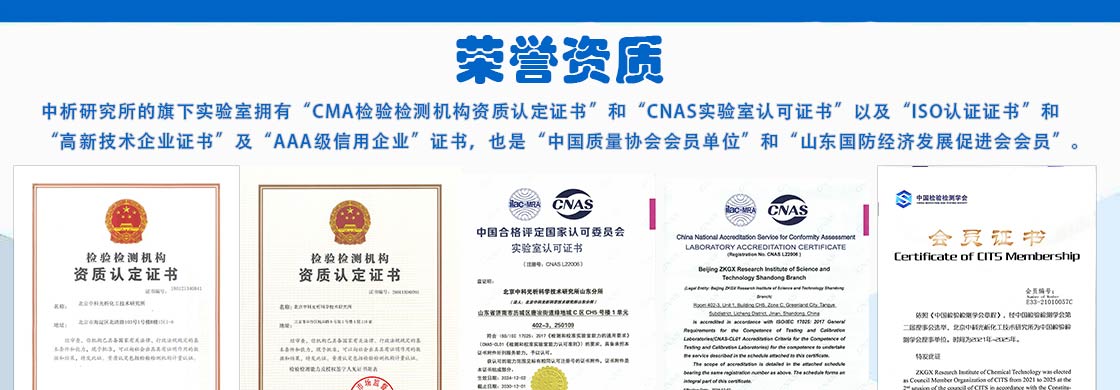
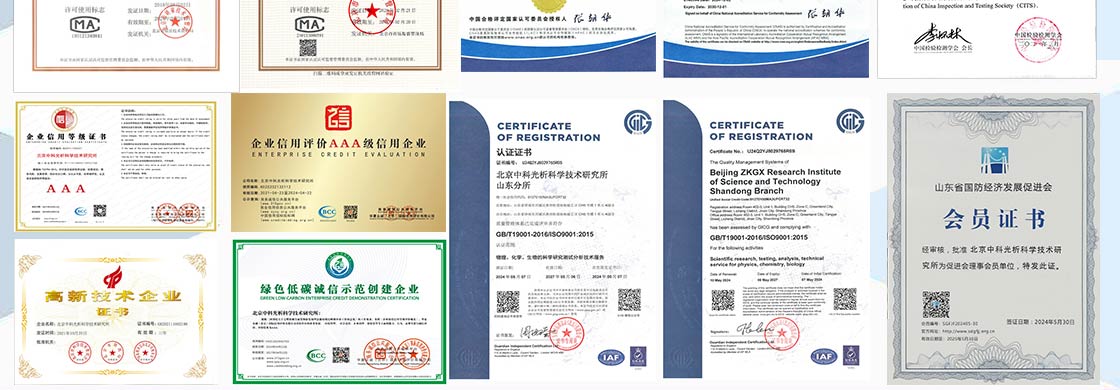
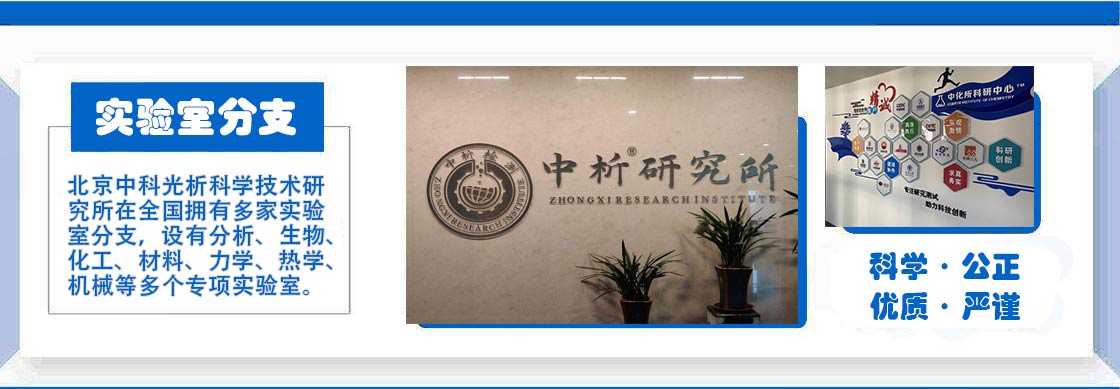
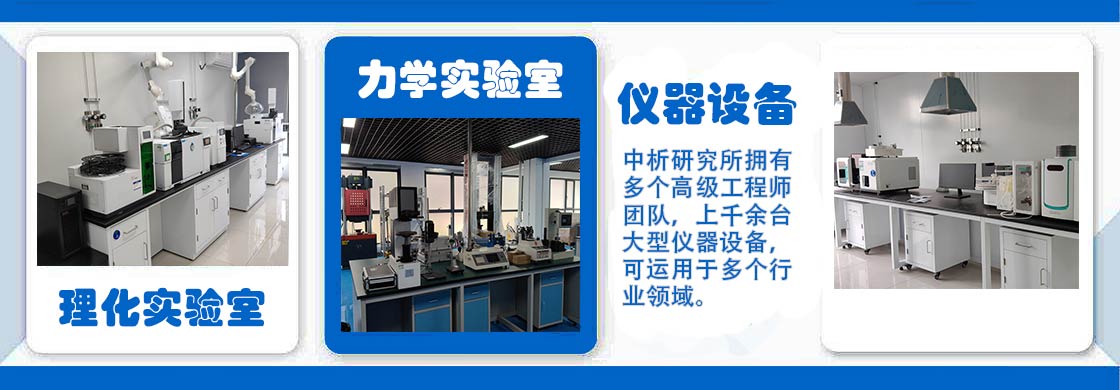
检测实验室(部分)



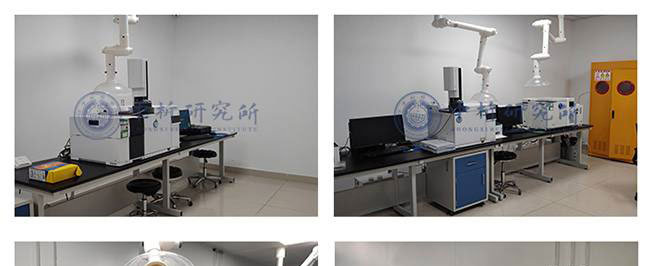
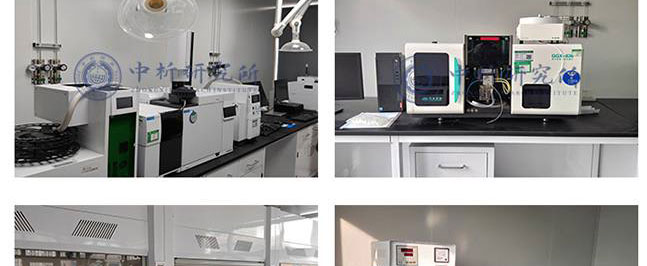
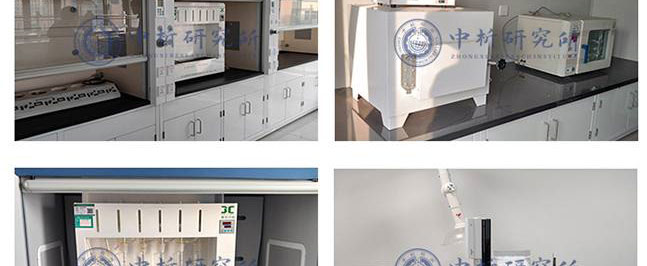
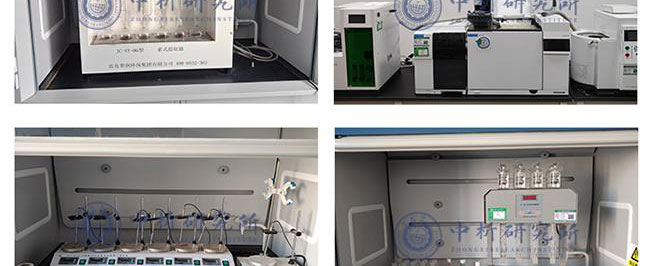
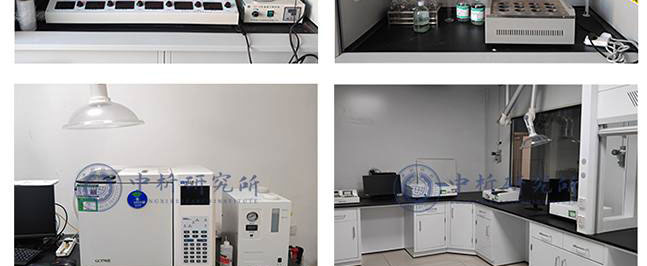
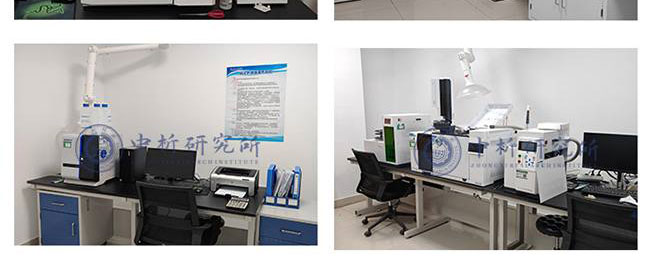
合作客户(部分)





检测报告作用
1、可以帮助生产商识别产品的潜在问题或缺陷,并及时改进生产工艺,保障产品的品质和安全性。
2、可以为生产商提供科学的数据,证明其产品符合国际、国家和地区相关标准和规定,从而增强产品的市场竞争力。
3、可以评估产品的质量和安全性,确保产品能够达到预期效果,同时减少潜在的健康和安全风险。
4、可以帮助生产商构建品牌形象,提高品牌信誉度,并促进产品的销售和市场推广。
5、可以确定性能和特性以及元素,例如力学性能、化学性质、物理性能、热学性能等,从而为产品设计、制造和使用提供参考。
6、可以评估产品是否含有有毒有害成分,以及是否符合环保要求,从而保障产品的安全性。
检测流程
1、中析研究所接受客户委托,为客户提供检测服务
2、客户可选择寄送样品或由我们的工程师进行采样,以确保样品的准确性和可靠性。
3、我们的工程师会对样品进行初步评估,并提供报价,以便客户了解检测成本。
4、双方将就检测项目进行详细沟通,并签署保密协议,以保证客户信息的保密性。在此基础上,我们将进行测试试验.
5、在检测过程中,我们将与客户进行密切沟通,以便随时调整测试方案,确保测试进度。
6、试验测试通常在7-15个工作日内完成,具体时间根据样品的类型和数量而定。
7、出具检测样品报告,以便客户了解测试结果和检测数据,为客户提供有力的支持和帮助。
以上为Exploring PE Fabric: A Comprehensive Guide to Testing and Analysis的检测内容,如需更多内容以及服务请联系在线工程师。





